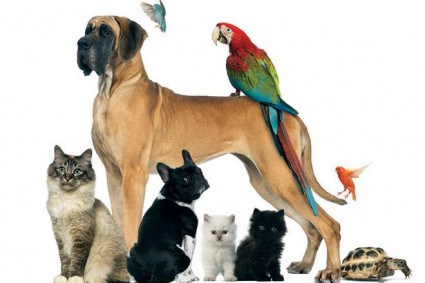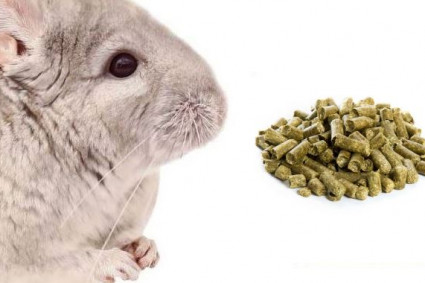
Chicken keeping has become an attractive option for most homes in Australia, as people seek new sources of fresh eggs and a bit of the country in the backyard. However, when you have dogs, house cats, or other pets to consider, making sure your flock gets to stay safe means making some careful decisions, especially when it comes to picking chicken coops.
Why Coop Safety Matters
Chickens are inquisitive and relatively vulnerable creatures, which puts them at risk from other pets, particularly active dogs or predatory-minded cats. There are pets who will be trained to be able to live in harmony with your flock, but some pet animals will only have an eye on the chickens as entertainment puppets—or worse, as food. A sturdy coop will serve as protection to your chicken as a first line of defence and give you good rest.
Features to Look for in Chicken Coops
When shopping for coats, be sure to focus first on rugged materials with good latches. Galvanised mesh supports timber frames that are extremely pet and weather resistant. Poor-quality wire or plastic designs are to be avoided, as they can even be chewed.
Other key features to consider include:
- Lockable Doors: Keep pets out on the off possibility of they get through.
- Elevated Coop: Raising the coop is a way of preventing digging by dogs and can allow air circulation.
- Attached Runs: An attached run is fenced in securely and prevents the chickens from predation.
Not only do these elements help keep your chickens safe, but they also alleviate stress in your pets because they are free of the temptation that comes with easy access.
Understanding Pet Behaviour Around Chickens
Evaluate how other pets are likely to respond before you introduce chickens to your backyard. Breeds used in herding or guarding dogs can be trained to get along. Country dogs may become a risk more quickly, whereas hunting breeds can always be a danger. Cats do not tend to attack full-grown hens, but may scare the hens.
Introducing your pets to the chickens gradually by keeping the chickens and pets in their coop can be useful in helping them adapt. In the long run, harmony between pets and chickens eventually may progress in some houses, but there is also no guarantee, so a safe coop is non-negotiable.
Chicken Coops in the Australian Context
There is an increasing popularity of robust, pet-resistant chicken coops in Australia, with designs suited to varying climates and the size of your backyard. To balance functionality and safety, a variety of local suppliers now provide products that have the security of enclosed structures but with the convenience of walk-in, mobile tractors, heavy-duty enclosures, etc. These designs not only consider the challenges provided by the Australian weather but also a lasting protection against domestic pets and local wild animals.
Setting Up the Coop and Run
Similar to the concept of design, location is essential to setting up a backyard chicken coop and run. Place the coop in a flat and shady place to shelter your flock against the scorching sun and excess heat. The run should be completely enclosed with good-quality mesh that must ideally be covered underneath a little beneath the earth so that dogs cannot dig their way into the run.
Installing perches, nesting behaviours, and covered locations in the run enables them to have a retreating spot should any pet stroll in to sniff around, making them feel safer.
Final Thoughts
Due to this, it does not have to be stressful keeping chickens along with other pets. With quality care and proper selection, your flock can be well placed in a coop where they live in a happy, safe environment. No matter how new or how expensive your backyard farming is, you will need to invest in a secure coop that suits the behaviour of your pets.
Proper preparation ensures that you get good-quality eggs and good-sized hens, all without having to put the safety of your subjects at risk.







